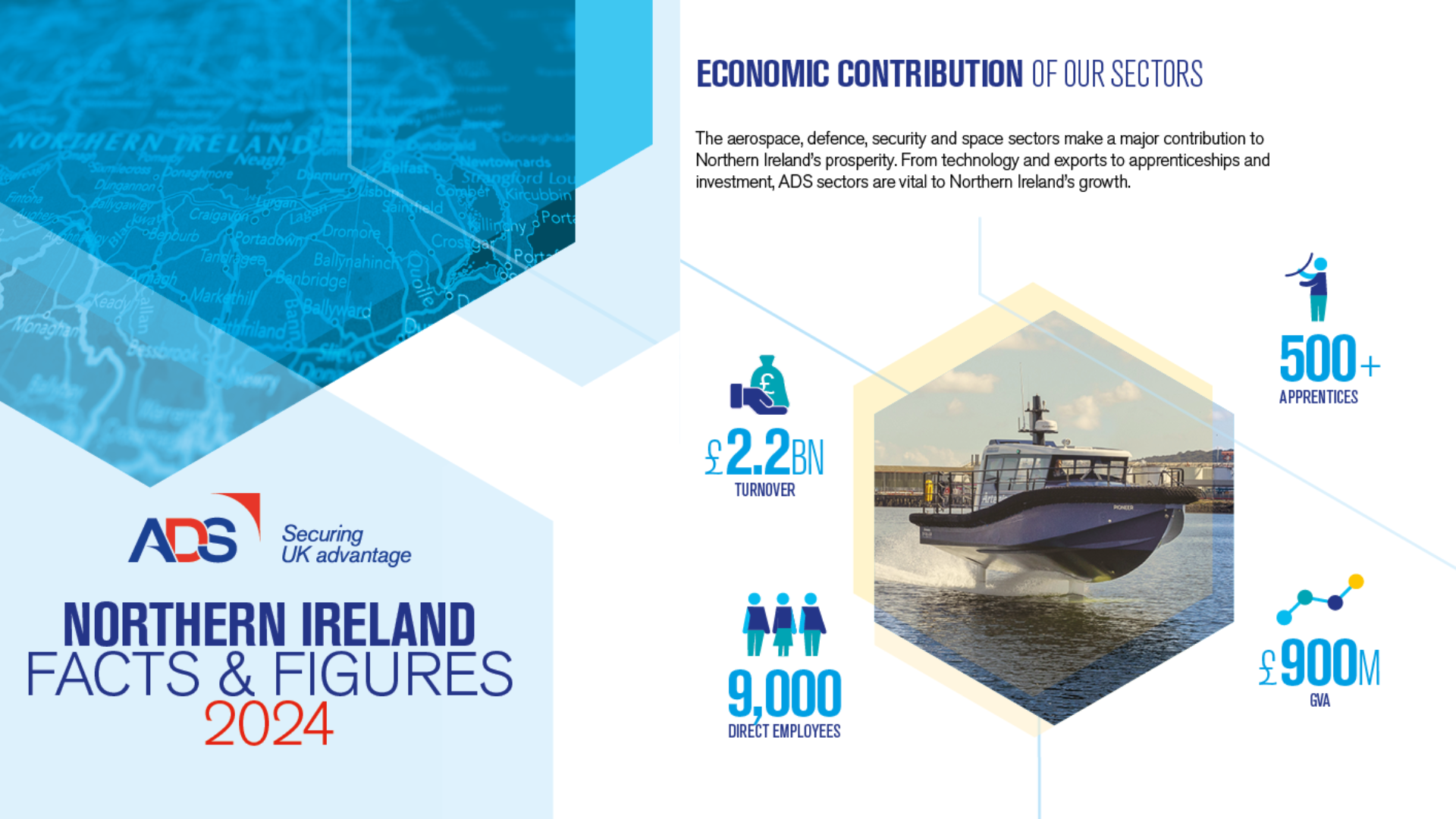
The Government has today published the first substantive public update on the operation of the National Security and Investment Act (NSIA) 2021, which commenced at the start of 2022. Due to the vagaries of the financial year, the NSIA 2021 Annual Report 2022 covers the first quarter of the financial year ending 31st March 2022. This provides an important, early snapshot on how the UK’s new investment screening regime is working in practise, and what to look out over the rest of the year.
To recap, the NSIA introduced a new system for screening investments for national security concerns. This provided the Government with new powers to intervene in qualifying acquisitions that could harm the UK’s national security and required businesses and investors to notify the Government about certain acquisitions in sensitive sectors – ADS’ membership sat squarely at the heart of this, especially in defence, space, and security.
ADS closely engaged with the Government on the development of the new regime and its associated guidance and continues to engage with the new Investment Security Unit (ISU) within the Department for Business, Energy, and Industrial Strategy (BEIS) about the implementation of the NSIA.
It was therefore highly reassuring to see that, on average, when the Government has called-in a deal, i.e., when it has decided to conduct detailed assessment of an acquisition with a view to potentially intervening, it has decided within 24 working days. This sits comfortably within the mandatory timescale of 30 working days. Additionally, the annual report advises that the average time to inform parties that a notification has been accepted as complete is 3 working days, which sits below the USA average of 5 days under their Committee on Foreign Investment in the United States (CFIUS) regime.
Prior to the commencement of the NSIA, there were concerns across industry about an initial spike of notifications. In practise, the Government has received 222 notifications in the first three months, which is slightly lower than expected, and of these 17 were called in, which again is lower than anticipated at this point in the year. So far 3 of the 17 have been cleared and the other 14 continue to be assessed, though none have been subject to a final order.
What will be important to understand later in the year is whether this lower activity is due to an overall decline in mergers and acquisitions activity because of COVID, or some other reason relating to the Act itself. Nonetheless, the annual report provides a broadly reassuring snapshot of how the NSIA is operating in practise, although ADS remains keen to hear from members about their experiences of the regime.
Alongside this report, BEIS also published a memorandum of understanding (MoU) that has been agreed between BEIS’s ISU and the Competition and Markets Authority (CMA). Given the corresponding remit of the CMA to intervene in acquisitions on the grounds of competition and other public interest considerations, there were early concerns by industry about the potential for duplication and interference by the two bodies. This MoU is therefore a crucial step in deconflicting the activities of the two bodies, thus providing greater clarity and reassurance to industry about investing in the UK.





